ARC3016: New Generics
"New Generics — The Age of Compromise" is a combined graduate research studio and thesis prep course taught by assistant professor Adrian Phiffer. The studio deals with Vancouver Island — which, as Phiffer puts it, is "a site of rich indigenous cultures, deep and troubling colonial histories, beautiful climates, fragile ecosystems, and antagonistic social and economic organizations." Students were tasked with imagining new communities outside the island's established urban centres.
Raymond Garrioch
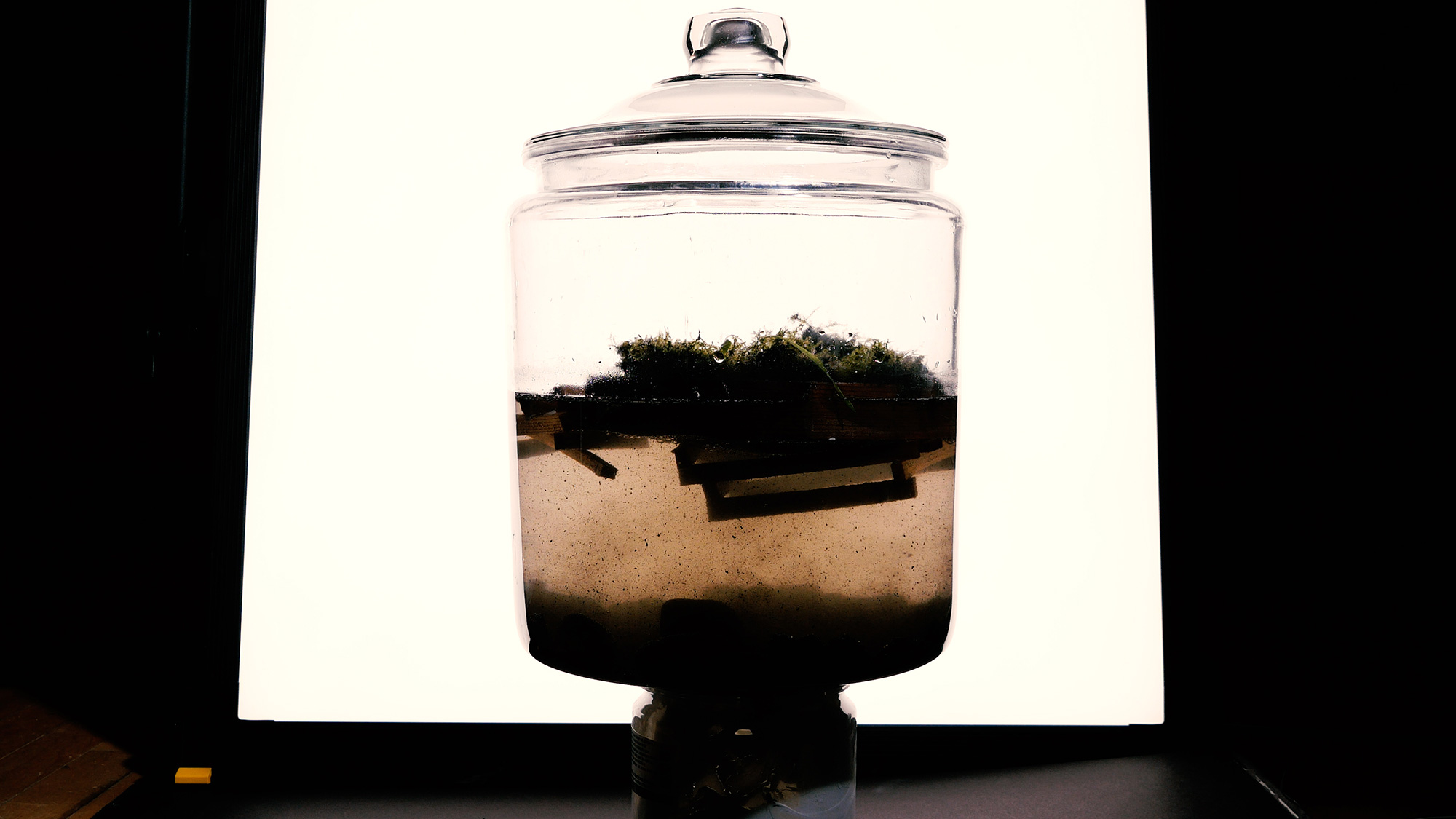
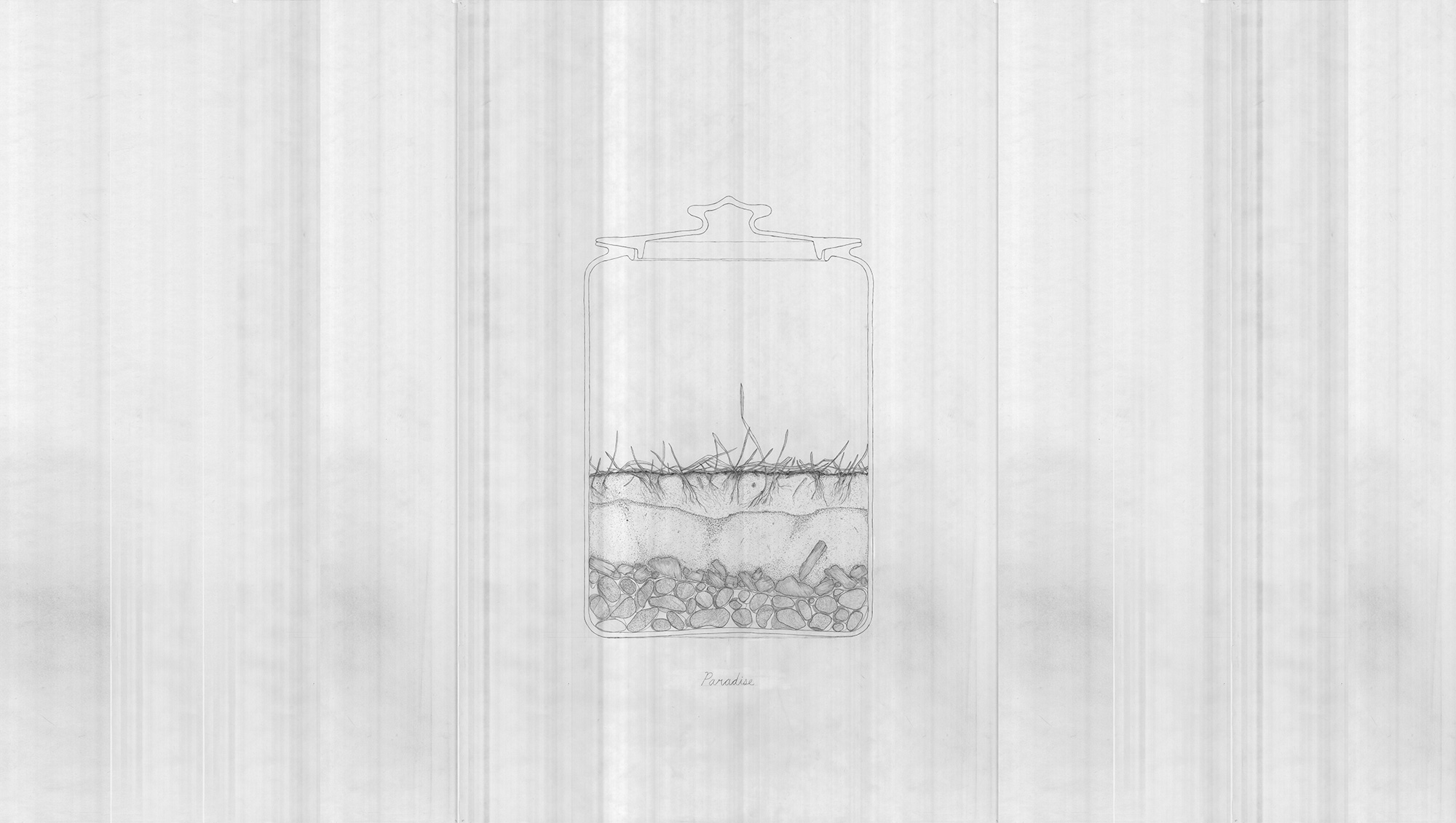
"The island myth is powerful," Raymond writes. "It is a story we have been telling for hundreds of years. From Atlantis to Utopia to the Concrete Island, we have used this myth to place ourselves in relation to the world in which we live. The island allows us to occupy another space. A space unencumbered by our reality. It serves as an alternative universe where we are free to rewrite the shared tales that bind us together. Forty five kilometres off the northern tip of Vancouver Island, there exists such a place. A place where our relationship to nature can be explored and where our patterns of habitation can be reimagined."
Instagram: raymondgarrioch
Milan Nikic
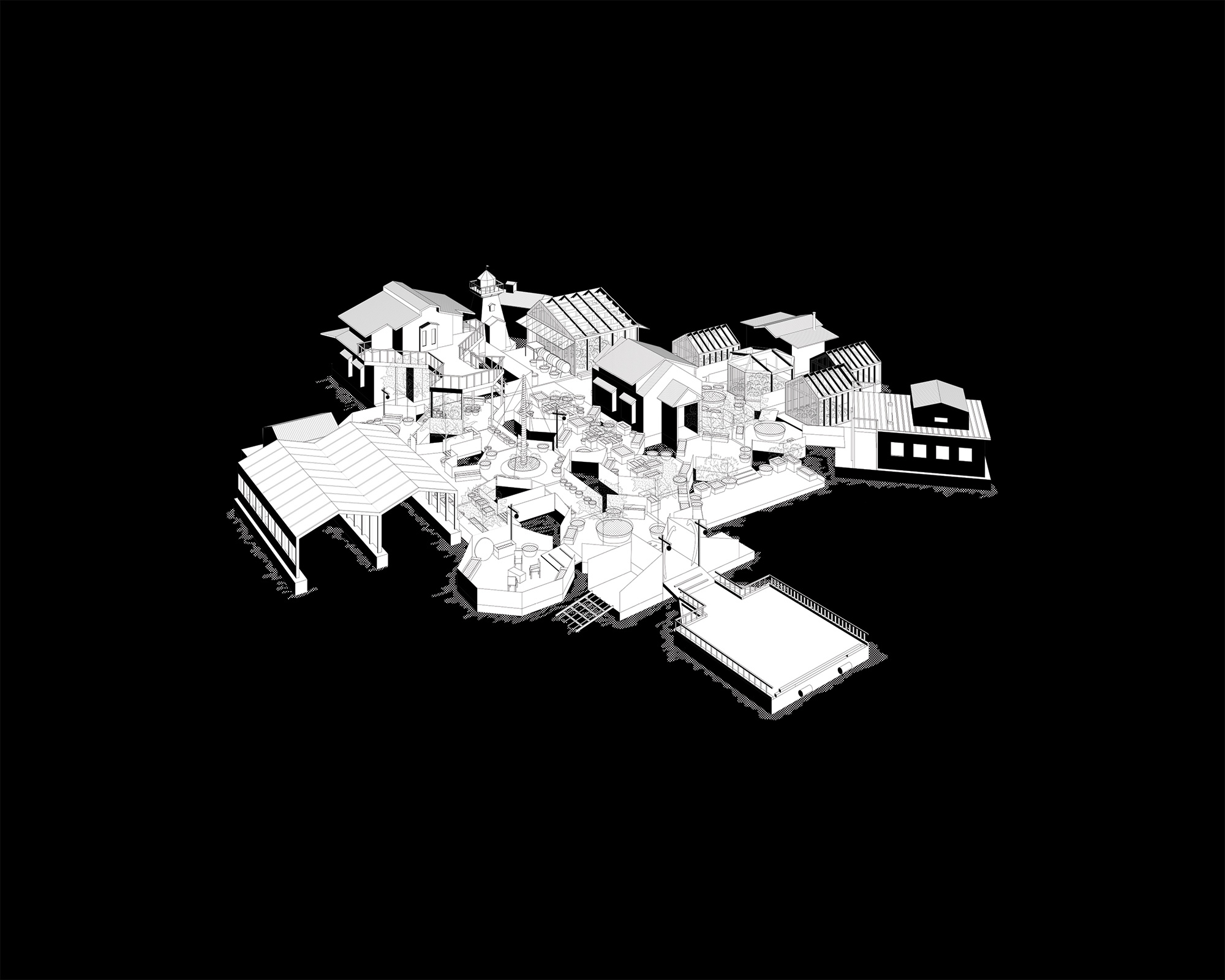
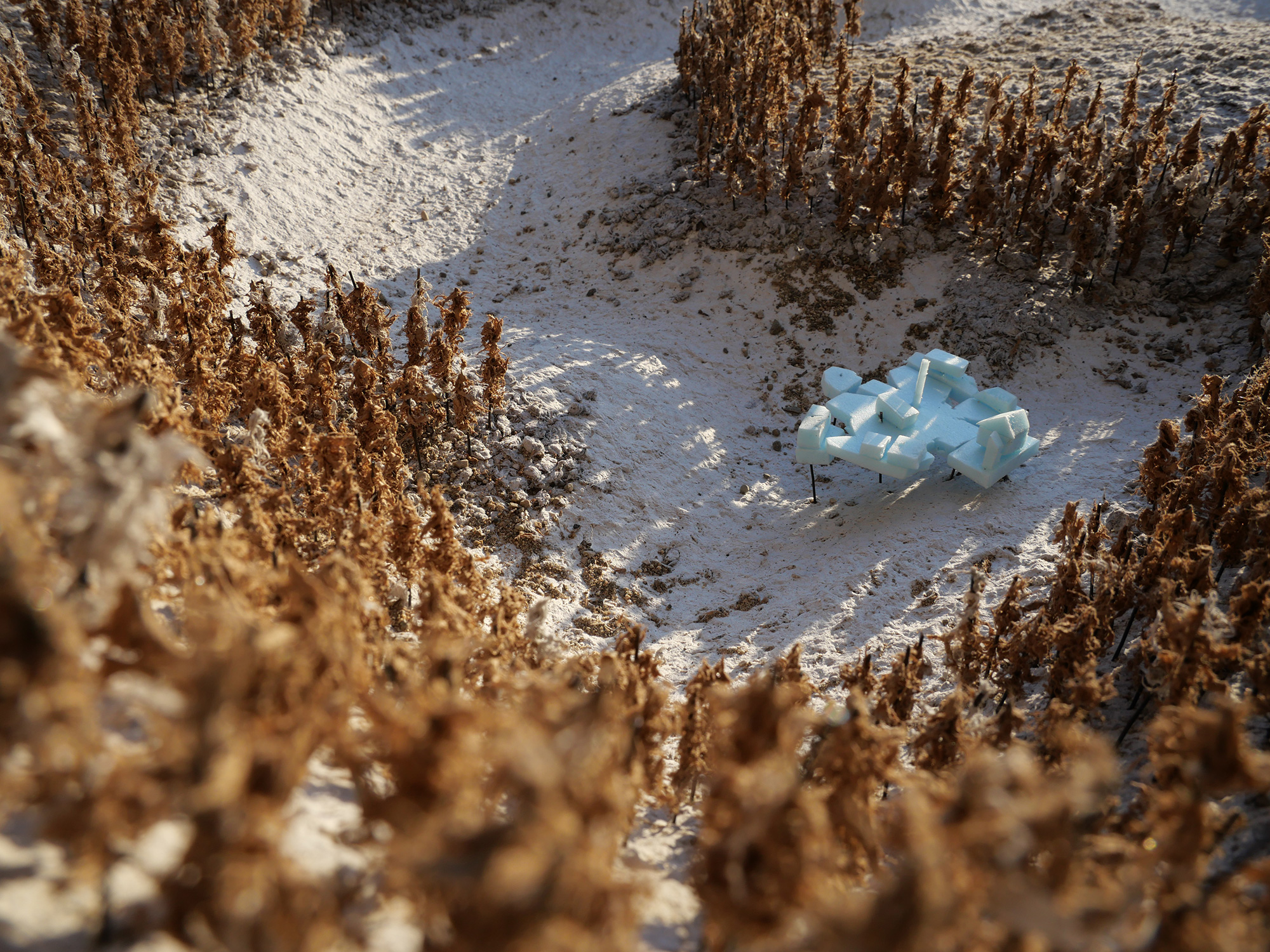
"Vancouver Island is a display of juxtaposed realities, some sublime and some banal," Milan writes. "Awe-inspiring forests find themselves adjacent to conventional strip malls. Vast oceanfronts populated by indigenous communities find themselves next to modern million-dollar mansions, retirement homes, or informal hippie encampments. With no clear path as to how we as humans should occupy such a place, the rift between us and nature becomes obvious. While this is also true of our existence on the entire planet, Vancouver Island's unique and mysterious habitat makes this absurd disconnect even more apparent. What if we eliminated the prospect of building on land altogether? What benefits are there to removing ourselves from the land and moving onto the water? Detached from civilization, a serene cove in Clayoquot Sound becomes a place where our relationship with nature can be carefully examined. An existing floating home becomes the seed for a new model of living. This thesis will propose a floating city for 1,000 residents as a way of exploring ideas of impermanence, scalability, and community within the greater discourse of an impending environmental crisis that defines our time."
Christopher Lam
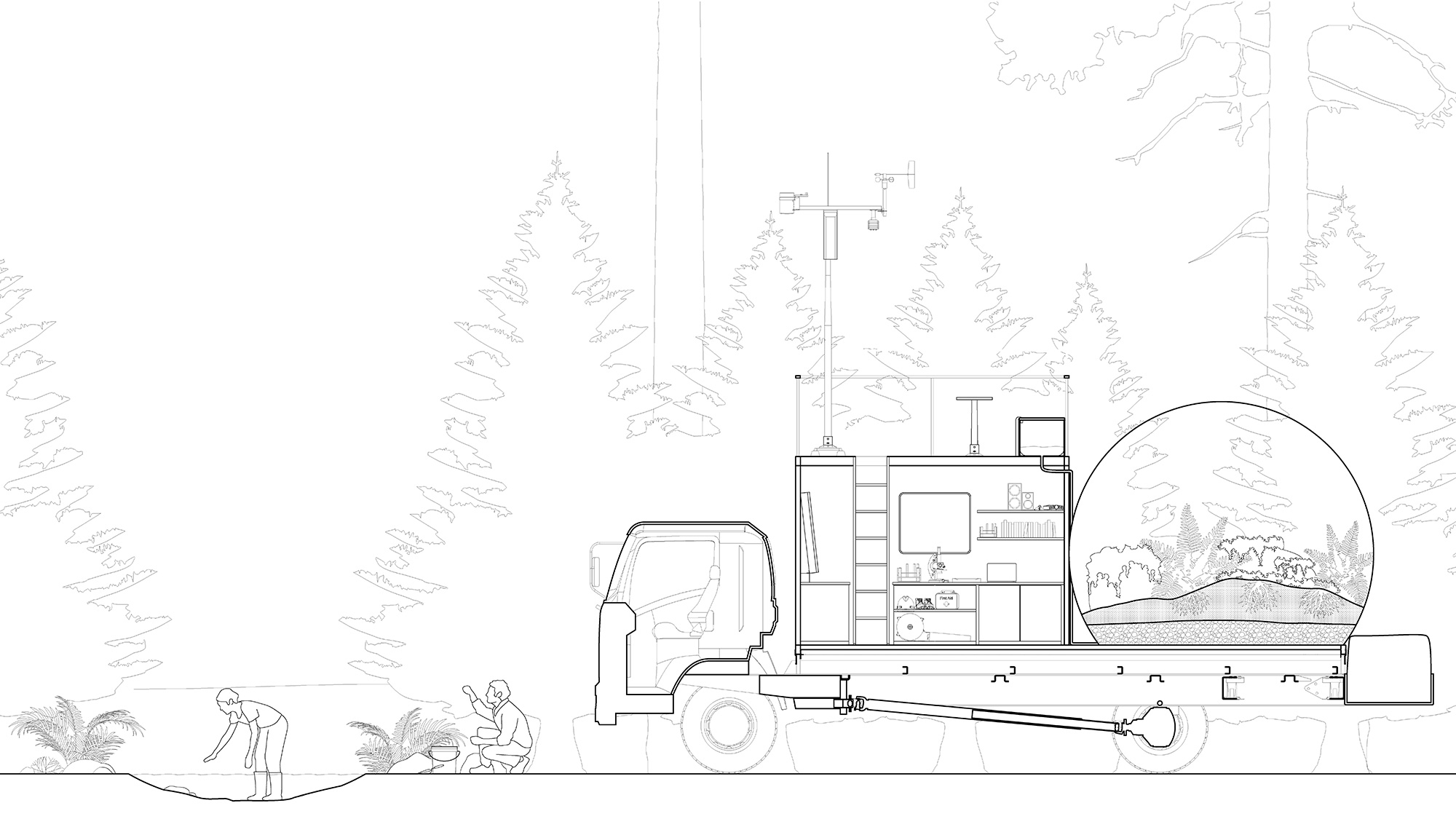
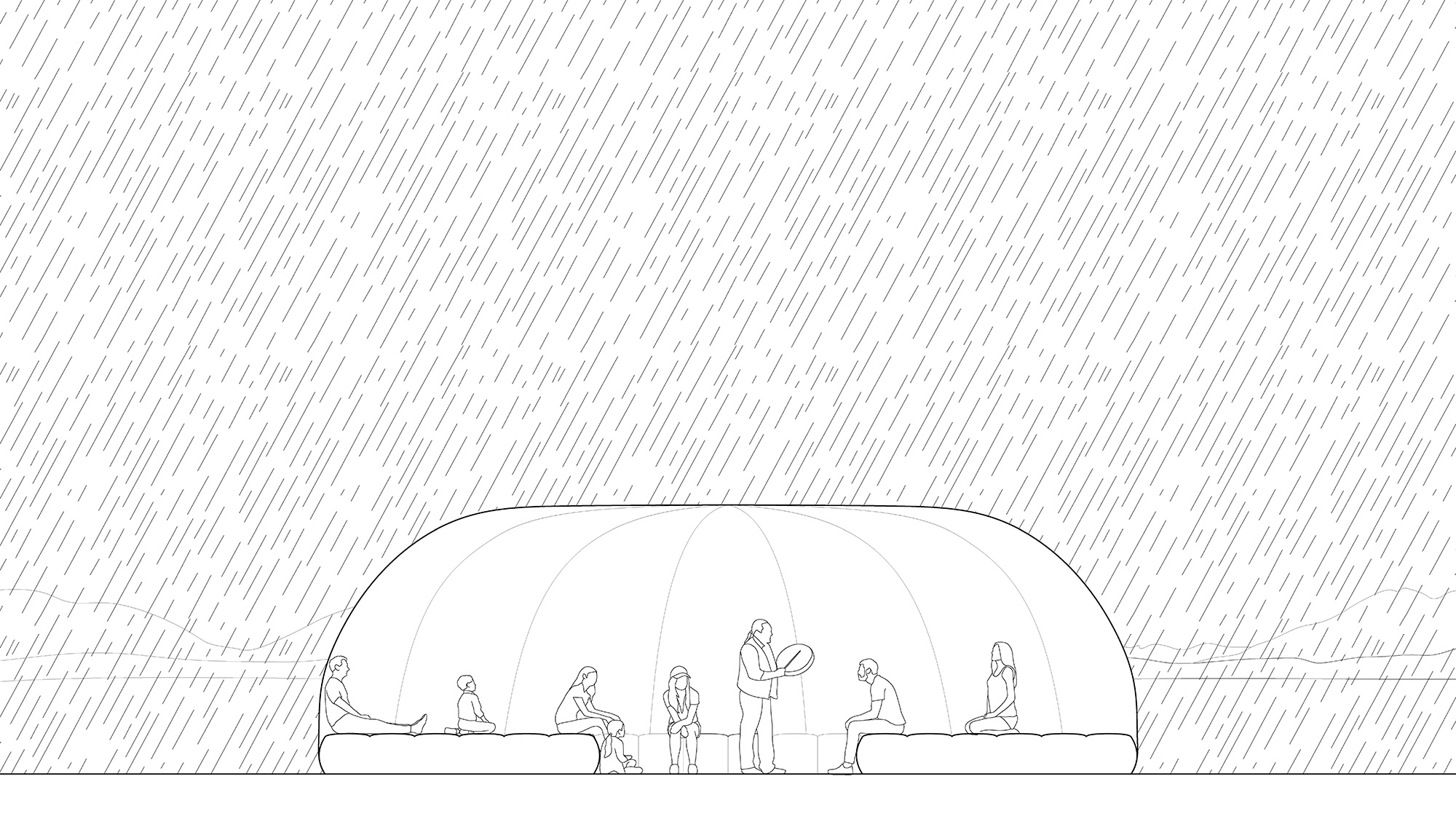
Christopher writes: "Due to the difficulty of interpreting climate change data and a lack of density of climate monitoring technology, more relatable and impactful climate education is required. This thesis proposes a travelling climate monitoring and education centre, which would be able to monitor climate in remote locations, as well as bring climate education to communities on Vancouver Island."
"Through access to climate monitoring technology, hands-on seminars, as well as lectures and indigenous storytelling, the travelling centre will blend traditional and scientific data into an accessible, local curriculum. Climate change data specific to communities will provide more pressing data to communities. As well, indigenous storytelling will impart a more human, relatable experience of climate change. Finally, our climate monitoring network will be bolstered by community climate monitoring hubs, as well as the ability to set up and transmit data from remote locations."
Serena Zhang
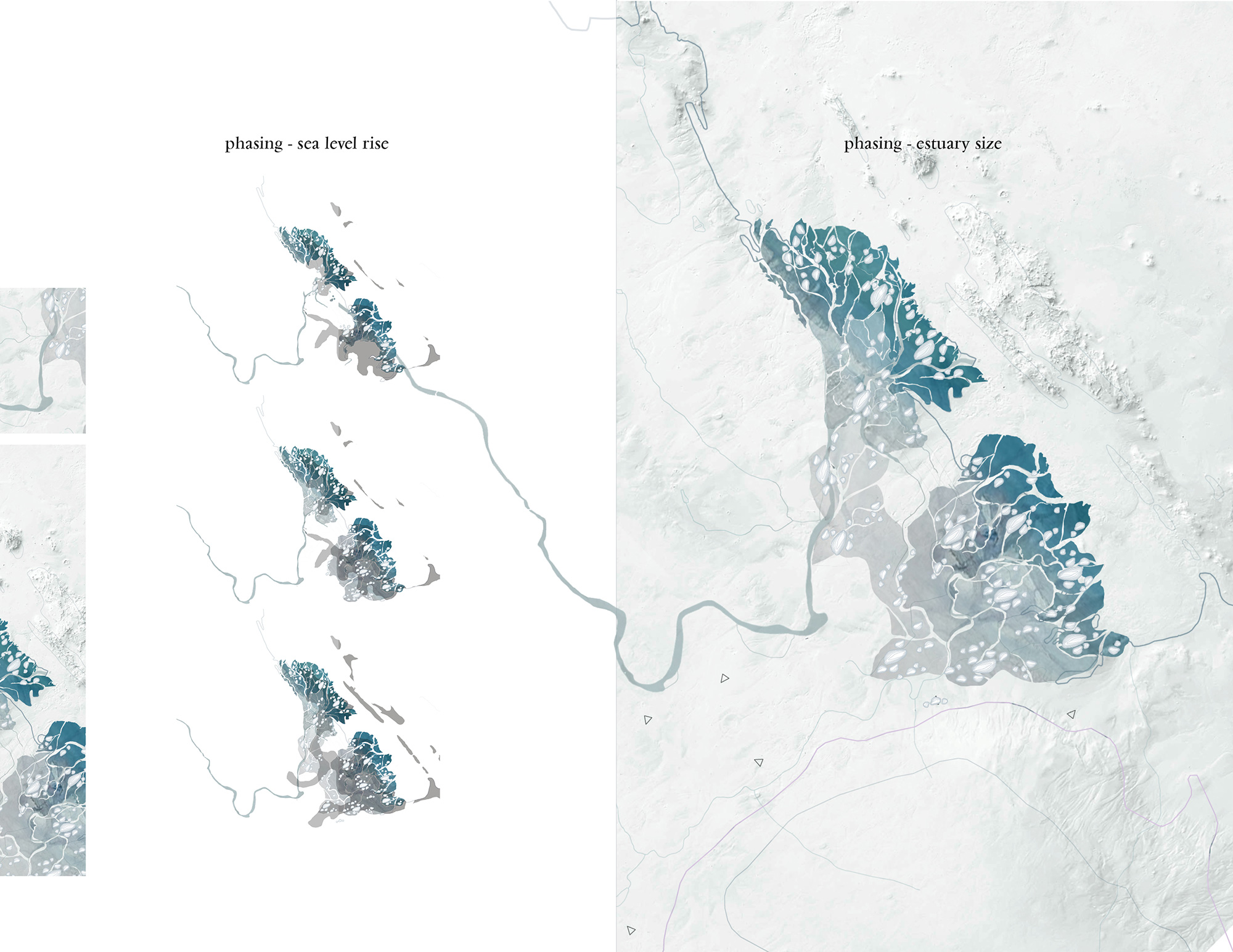
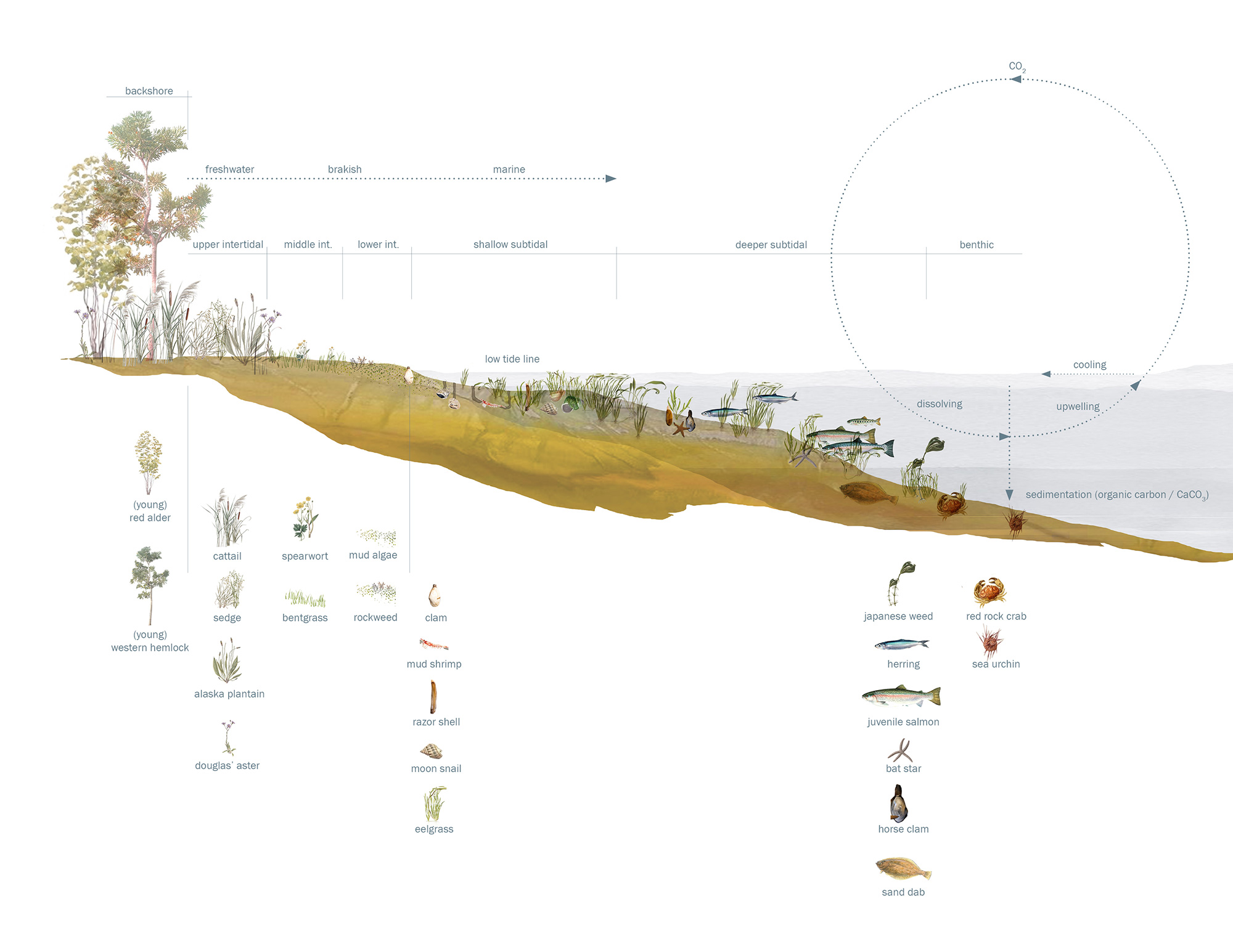
Serena writes: "British Columbia’s 442 estuaries, with a combined area 745 square kilometres, are highly efficient blue carbon sinks that determine the rhythm of life cycles and the behaviours of many terrestrial and marine animals. However, estuarine habitats are among the most rapidly disappearing ecosystems on earth, due to the rise of sea levels, human development, or erosion."
"Conserving estuarine ecosystems on Vancouver Island is fundamental to mitigating climate change. But how can any conservation effort occur in the context of intense human activity? This thesis investigates the area of the Chemainus River estuary as a space of shared interactions and tries to imagine how artificial structures could contribute to reinitiating and transforming living habitats in diminishing estuarine ecosystems."

